As you read this, a fleet of Shell Oil drilling ships is steaming toward America’s Arctic Ocean. The plan: to drill for oil in both the Chukchi and Beaufort Seas, including a spot just 15 miles off the coast of the Arctic National Wildlife Refuge.
If you were going to list the dumbest and riskiest places on Earth to drill for oil, the Arctic Ocean would make your top five.
Lobbying Trumps Science in the Arctic
Shell has spent billions in lobbying, influence and PR to win permission to begin industrial-scale drilling. The plan flies in the face of a unanimous conclusion by the Coast Guard, the United States Geological Survey, the Government Accountability Office and hundreds of scientists—that the oil industry is not ready to manage the extreme risks of Arctic offshore drilling.
Consider:
- These waters are ice-free for only a few months each summer. A spill or blowout in September or October might be impossible to contain.
- Even in summer, violent storms and turbulent seas are common. A 2011 Shell spill in the North Sea, a similar region, took weeks to contain and was considered the UK’s worst spill in a decade.
- The stakes are enormous: migratory birds from six continents spend their summer nesting along the Arctic coast.
- Oil and toxic spills are already everyday occurrences in Alaska. It’s not a matter of whether there will be a spill, but when and how bad.
It’s Not Too Late! Audubon is committed to stopping risky and damaging drilling in the Arctic Ocean. They are using all possible means to get the Administration to reconsider their decision to allow Shell to push forward with their misguided plans—legal, lobbying, public outrage, and grassroots mobilization.
Our nation needs energy and Audubon believes responsible energy exploration can be balanced with adequate protections for birds, wildlife, and their habitats. But not in the Arctic, and not now.
Please Raise Your Voice for Arctic Birds with a contribution that today will be matched dollar for dollar!


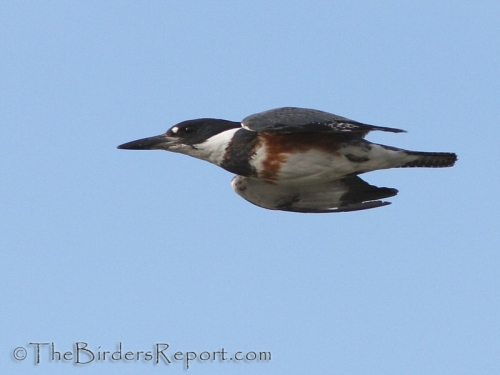
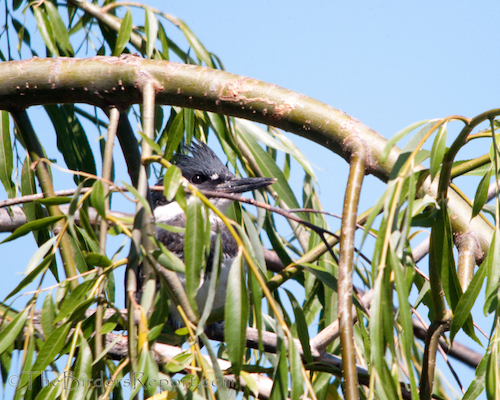
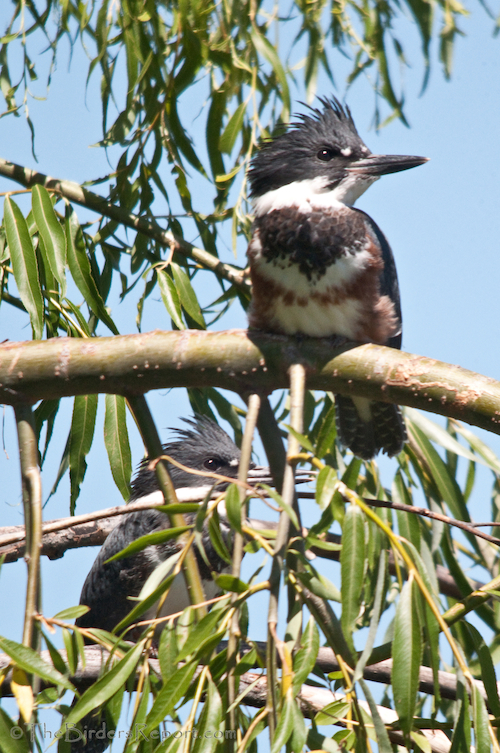
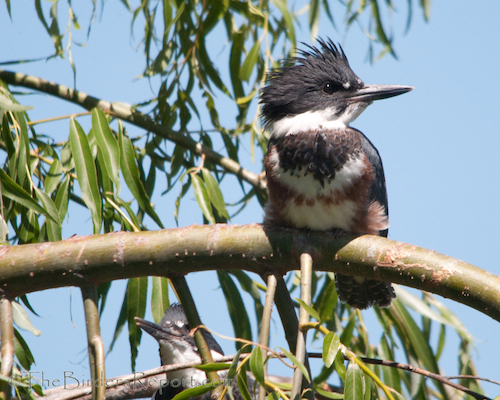
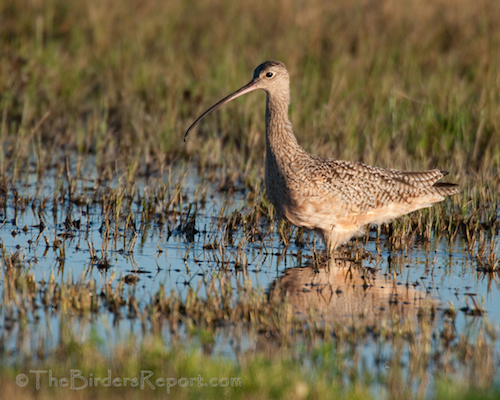



Social Media Connect